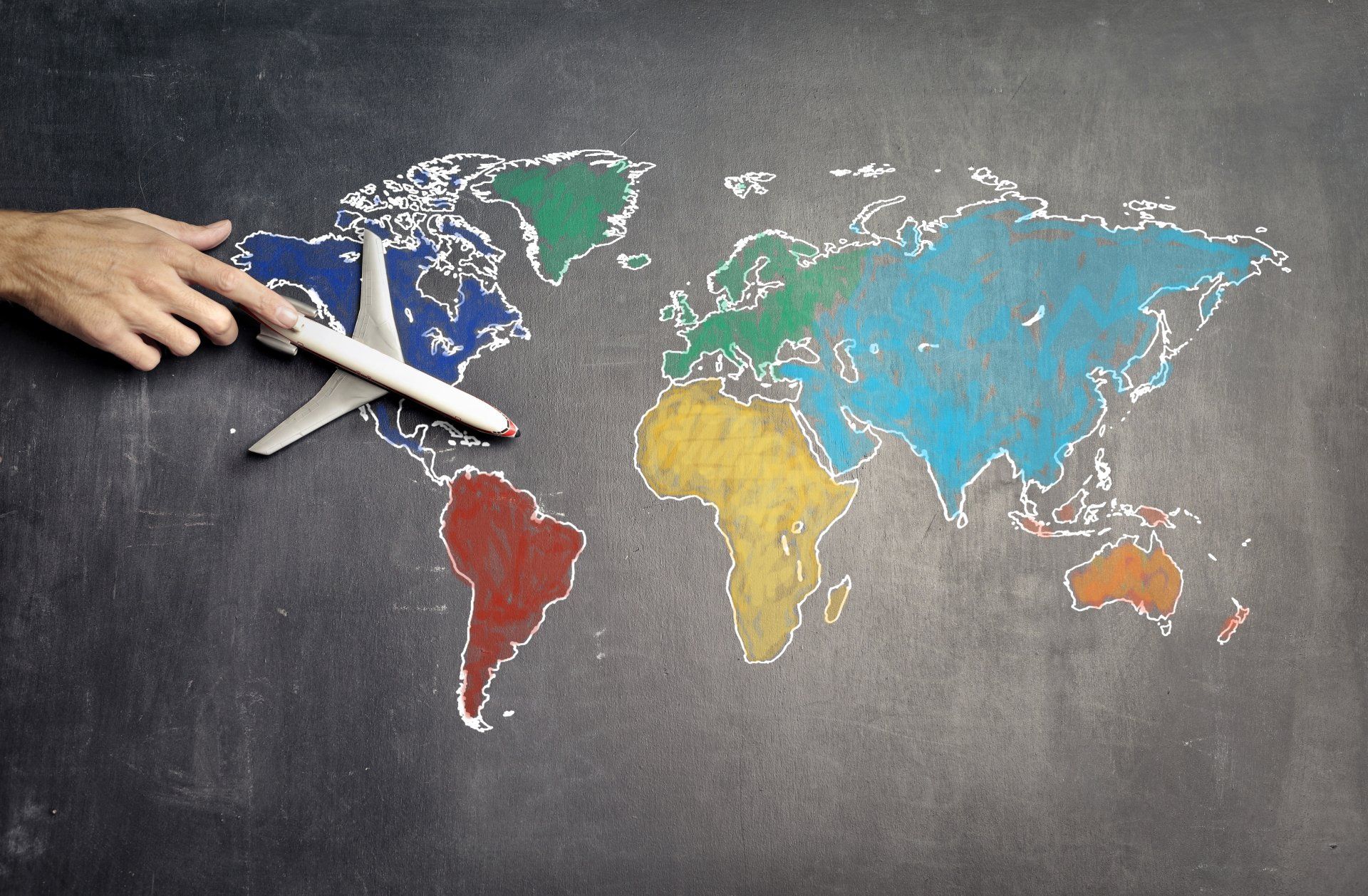The Origins of Binary Numbers: An Ancient African Legacy
The acknowledgment of Africa's contributions to the development of binary numbers is crucial in understanding the global history of mathematics

Binary numbers, the foundation of modern computing, have a rich history that surprisingly traces back to ancient Africa. While most people associate binary with the digital age, historians have uncovered evidence that the roots of this numerical system are much older and geographically diverse than previously thought.
Binary numbers, consisting of only two digits, 0 and 1, form the basis of binary code used in computers and digital systems. However, this seemingly modern concept was first utilized by African civilizations long before the advent of modern technology.
One of the earliest known instances of binary-like systems can be found in the ancient African method of counting and record-keeping. Researchers point to the Ishango bone, a fascinating artifact discovered in the Democratic Republic of Congo. This bone tool, estimated to be over 20,000 years old, contains a series of notches that some historians believe represent a rudimentary form of binary counting. The Ishango bone's markings are grouped in a manner that suggests an understanding of numerical organization and pattern recognition, key components of binary systems.
Dr. Claudia Zaslavsky, a renowned historian of African mathematics, highlighted the significance of the Ishango bone in her research. She argued that the structured arrangement of the notches indicated an advanced understanding of mathematical principles, including the concept of binary differentiation. Zaslavsky's work has been instrumental in challenging the Eurocentric narrative that often overlooks the contributions of ancient African societies to the field of mathematics.
Further evidence of binary concepts in Africa can be seen in the traditional practices of the Yoruba people of Nigeria. The Yoruba developed a sophisticated system of divination called Ifá, which uses a binary-based process. In Ifá divination, priests interpret patterns formed by the random fall of palm nuts or cowrie shells, which are read in pairs representing binary outcomes. This practice has been in use for centuries and demonstrates an intuitive grasp of binary principles applied in a cultural and spiritual context.
The acknowledgment of Africa's contributions to the development of binary numbers is crucial in understanding the global history of mathematics. As Dr. George Gheverghese Joseph, a historian of mathematics, emphasizes, "The history of mathematics is a tapestry woven from diverse cultural threads." The recognition of African binary systems not only enriches our comprehension of ancient knowledge but also honors the intellectual achievements of African civilizations.
In conclusion, the origins of binary numbers are deeply rooted in ancient African history. The Ishango bone and the Ifá divination system exemplify the early use of binary concepts long before the digital age. This historical perspective broadens our appreciation of binary numbers and underscores the importance of acknowledging diverse contributions to human knowledge.










